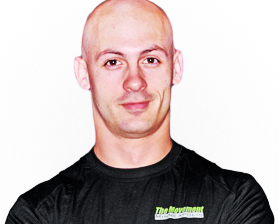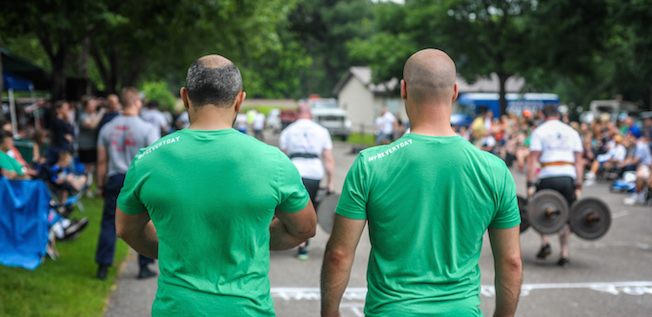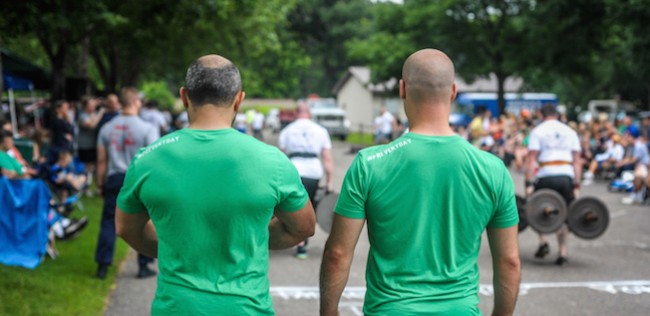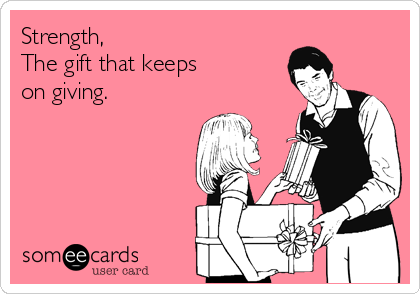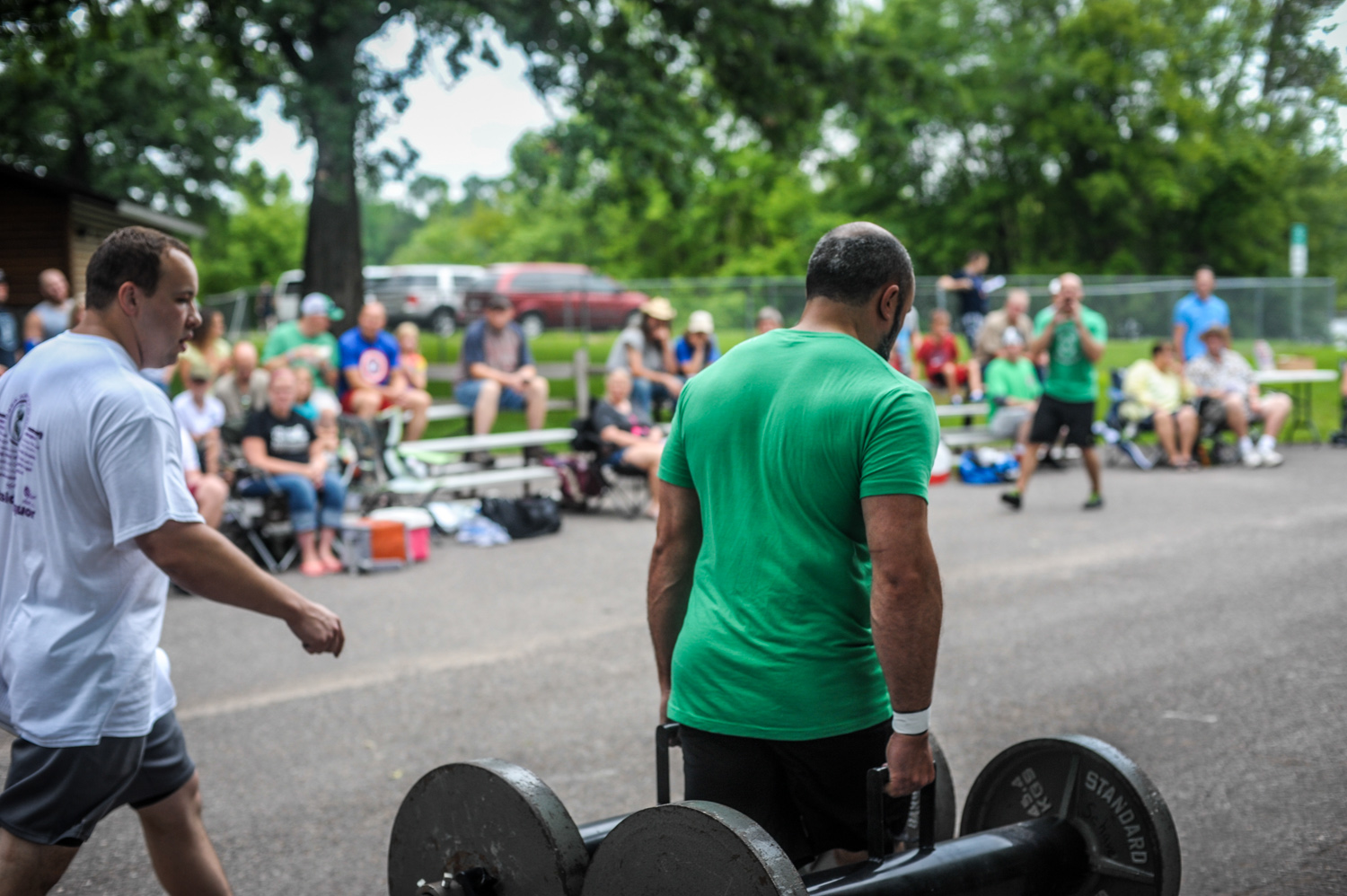
This post kicks off a series of challenges of the physical culture variety that myself and Dellanavich are putting to you.
It’s one of my core beliefs that the more adaptable you are, the more useful you are. That doesn’t mean you need to be a generalist and be good at everything, but that you can adapt to the widest variety of situations. A huge part of that is physically being able to withstand the widest range of possible insults. I’m going to dig into my bag of tricks to pull out challenges that are both worthy tests of mettle as well as ways to hone your own metal.
This challenge is a classic. Two minutes, as many reps as you can with a fixed weight. The fat handle is key here, so get yourself some Fat Gripz if you don’t have a fat dumbbell.
Share your weight and your reps in the comments!

